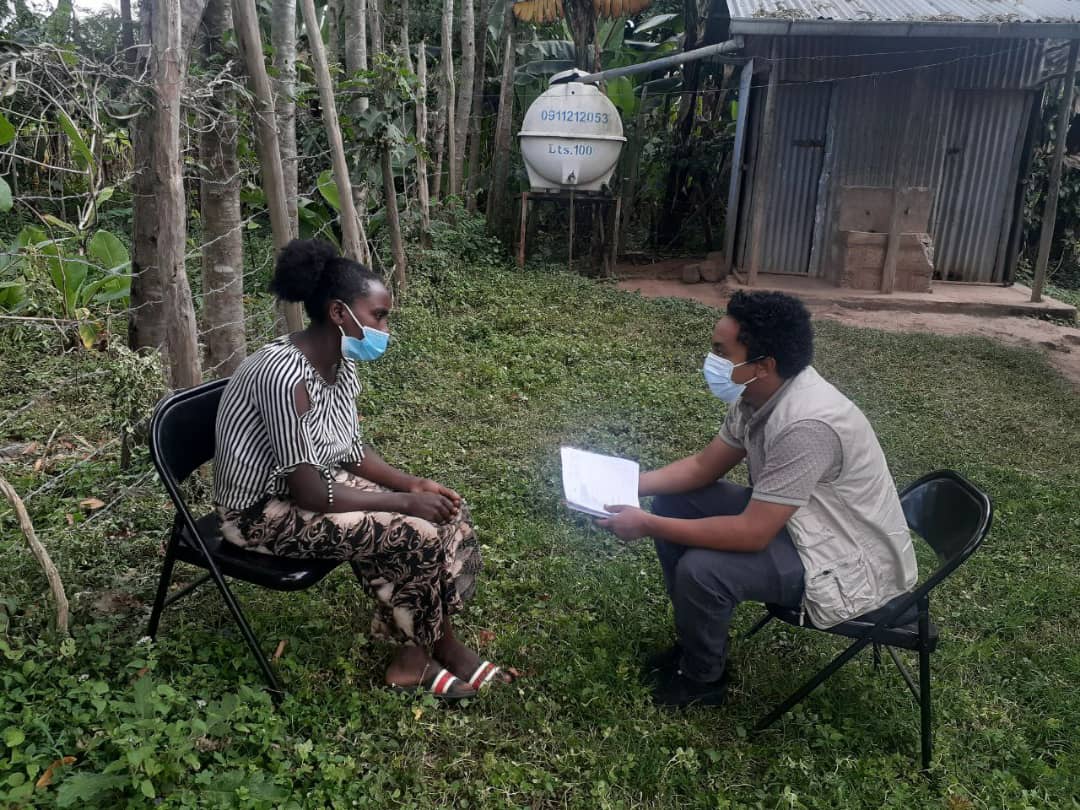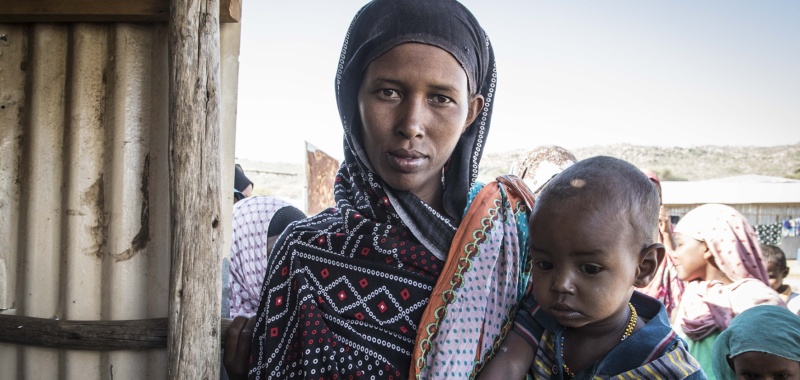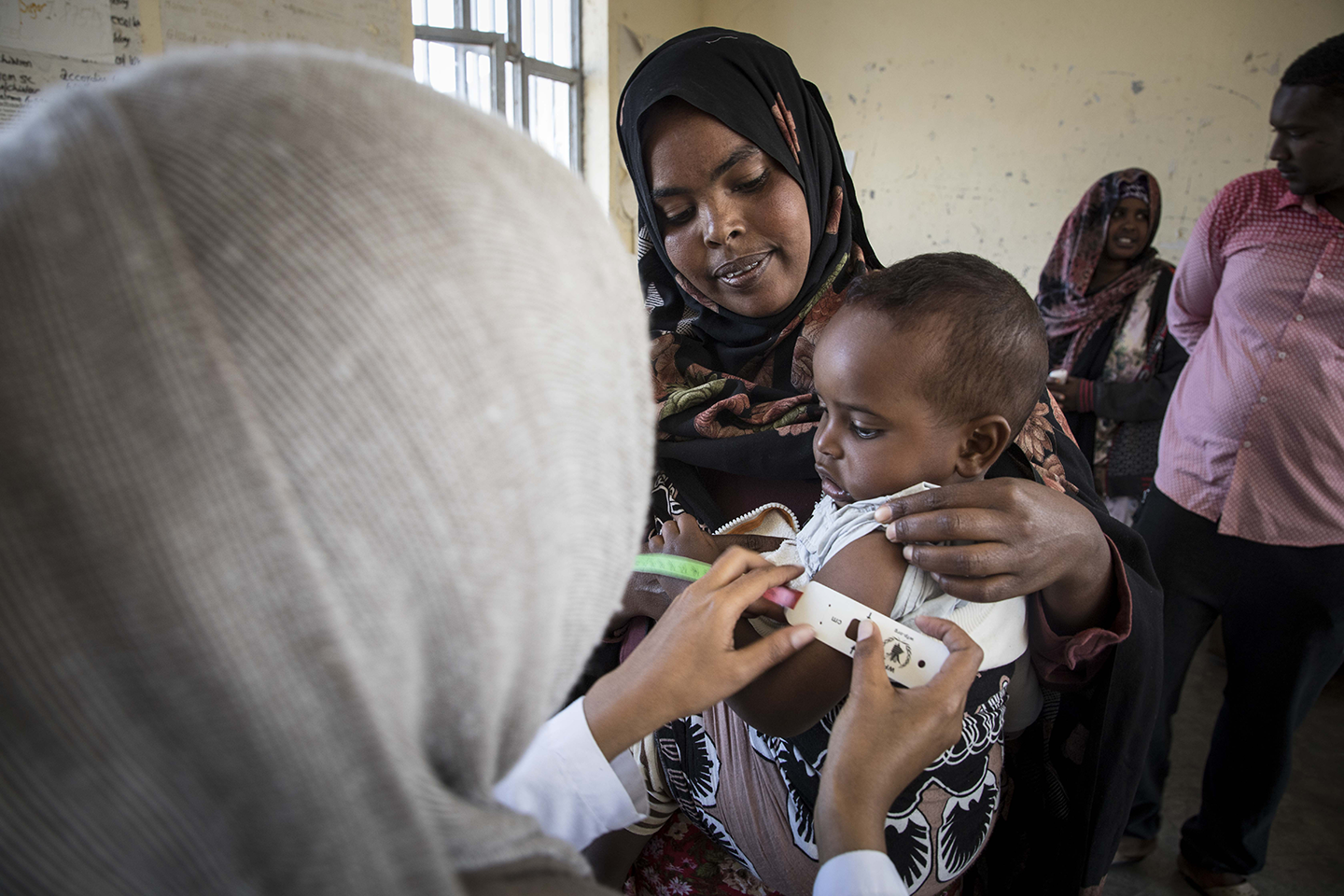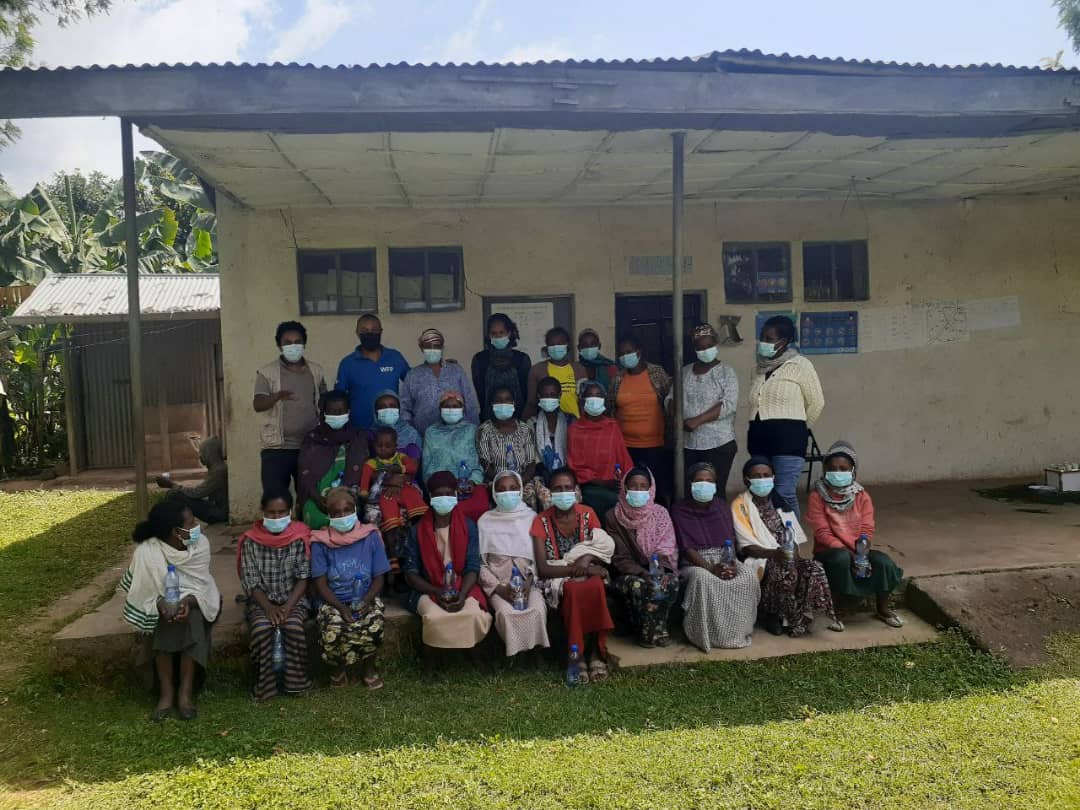The COVID-19 pandemic has disrupted the traditional way of collecting programmatic dietary data in person from people based in remote areas.
This primary data is critical in implementing nutrition programs such as WFP's Fresh Food Voucher Programme that has demonstrated early success in reducing stunting — impaired growth and development that children experience from poor nutrition — through diversifying diets for children and lactating women.







